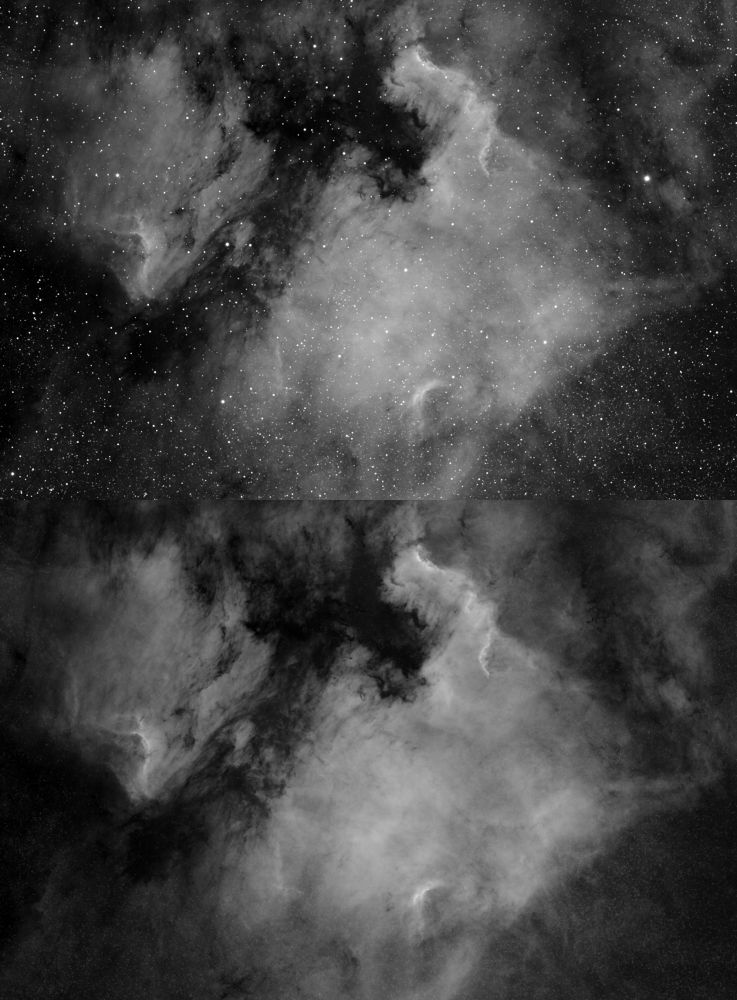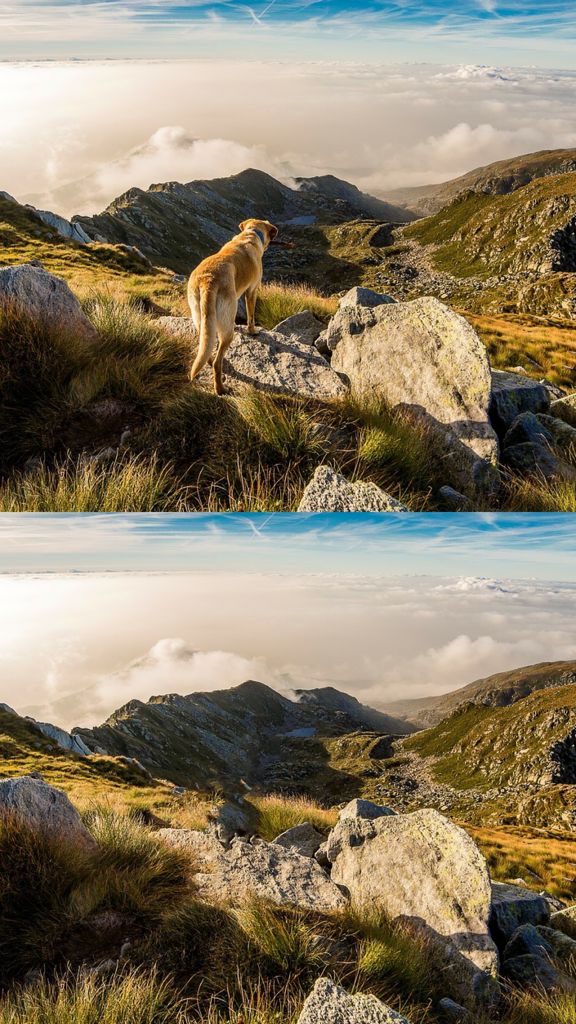Heal: Unwanted Feature Removal

The Heal module was created to provide a means of substituting unwanted pixels in an neutral way.
Cases in which healing pixels may be desirable may include the removal of stars, hot pixels, dead pixels, satellite trails and even dust donuts.

The Heal module incorporates an algorithm that is content aware and is able to synthesise extremely plausible substitution pixels for even the large areas. The algorithm is very similar to that found in the expensive photo editing packages, however it has been specifically optimised for astrophotography purposes.
usage
Getting started with the Heal module in StarTools is a fairly straightforward affair; simply put any unwanted pixels in a mask and let the module do its thing. The more pixels are in the mask, the more the Heal module will have to 'invent' and the longer the Heal module will take to produce a result.
By using the advanced parameters, the Heal module can be made useful in a number of advanced scenarios.
The 'New Must Be Darker Than' parameter lets you specify a brightness value that indicates the maximum brightness a 'new' (healed) pixel may have. This is useful if you are healing out areas that you later wish to replace with brighter objects, for example stars. By ensuring that the 'new' (healed) background is always darker than what you will be placing on top, you can simply use, for example, the Lighten mode in the Layer module.
The 'Grow Mask' parameter is a quick way of temporarily growing the mask (see Grow button in the Mask editor). This is useful if your current mask did not quite get all pixels that needed removing.
The 'Quality' parameter influences how long the Heal module may look for substitutes for each pixel. Higher quality settings give marginally better results but are slower.
The 'Neighbourhood Area' parameter sets the size of the local area where the algorithm can look for good candidate seed pixels.
The 'Neighbourhood Samples' parameter is useful if you are looking to generate more 'interesting' areas, based on other parts of the image. It can be useful for a large area being healed to avoid small repeating patterns. This feature is useful for terrestrial photography, however, this is often not needed or desirable for astrophotographical images. If you do not wish to use this feature, keep this value at 0.
The 'New Darker Than Old' parameter sets whether newly created pixels should always be darker than the old pixels. This may be useful for manipulation of the image in the Layer module (for example subtracting the healed image from the original image).
Using the Heal module with StarNet++
This guide lets you create starless linear data using StarNet++ and the Heal module. Even if you wish to use StarNet++ on your final image, you will find that using this guide to extract the a starmask, the Heal will achieve superior results when removing the stars that StarNet++ identified.
You may also be interested in...
- N. Gialiris, Canada (under Testimonials)
- Tutorial videos (under Links & tutorials)
- Quick Start Tutorial: a quick generic work flow (under Introduction)
Getting to grips with new software can be daunting, but StarTools was designed to make this as painless as possible.
- STReplay (under 3rd party tutorials and resources)
- Introducing StarTools
By tracking signal and noise evolution during processing, it lets you effortlessly accomplish hitherto "impossible" feats.
